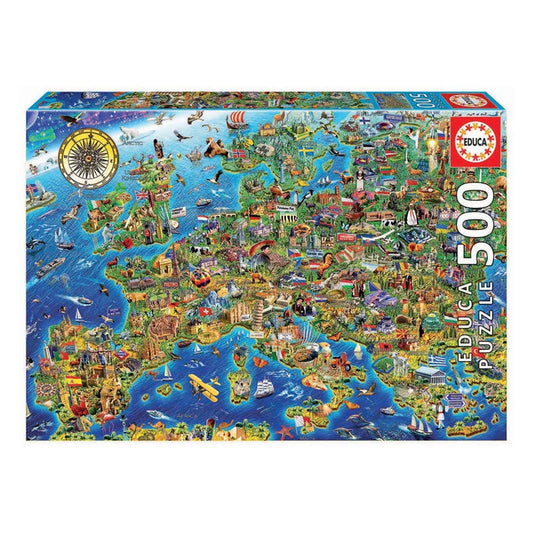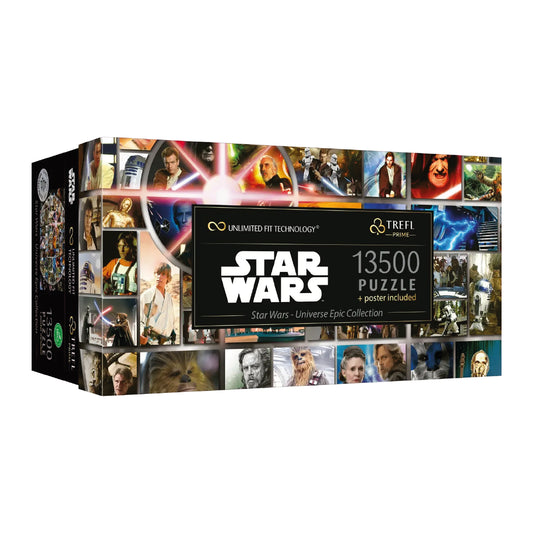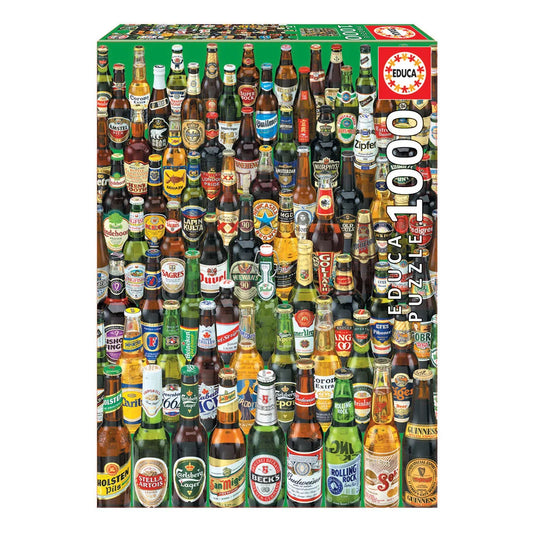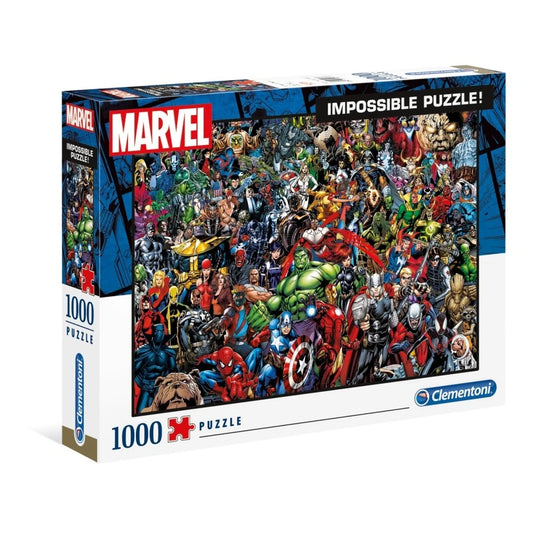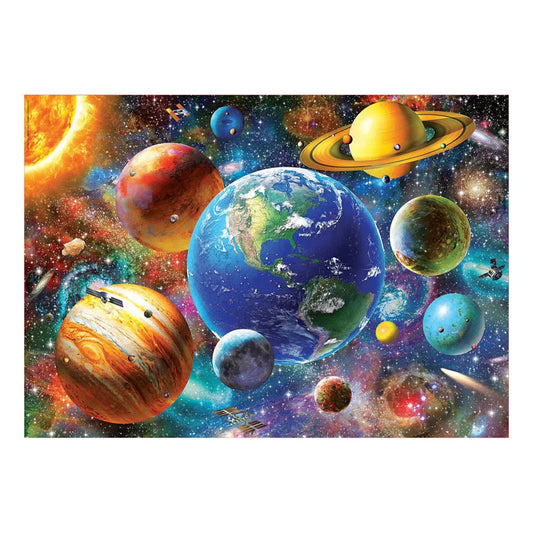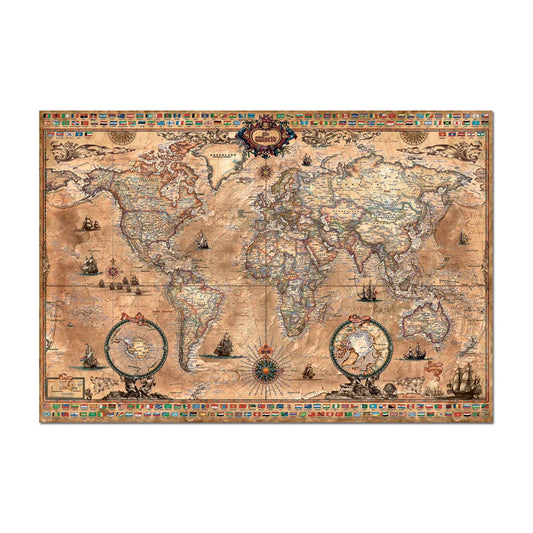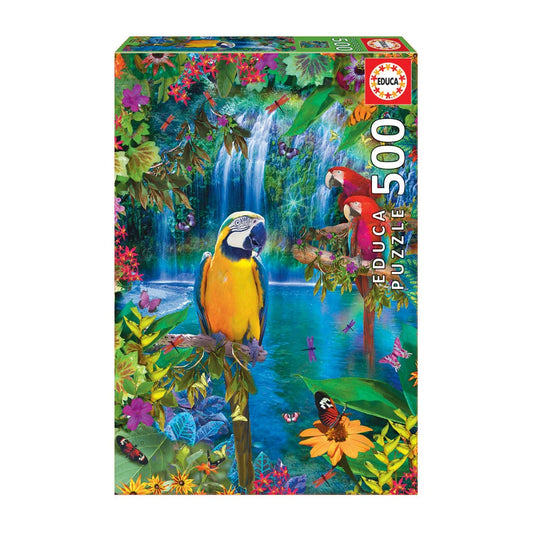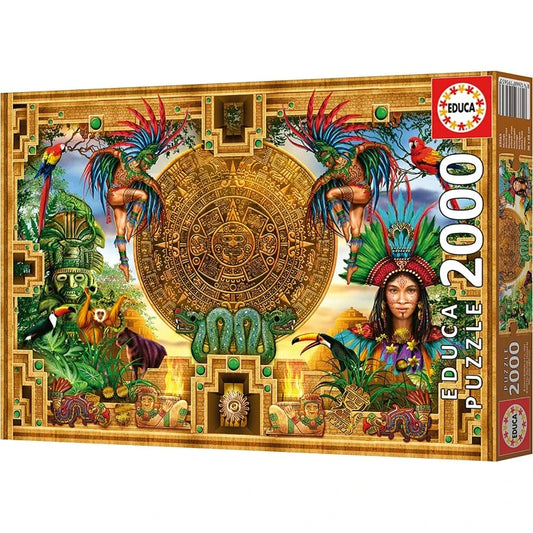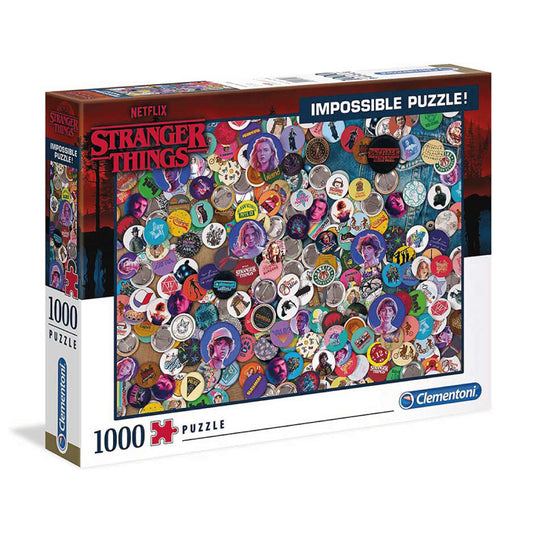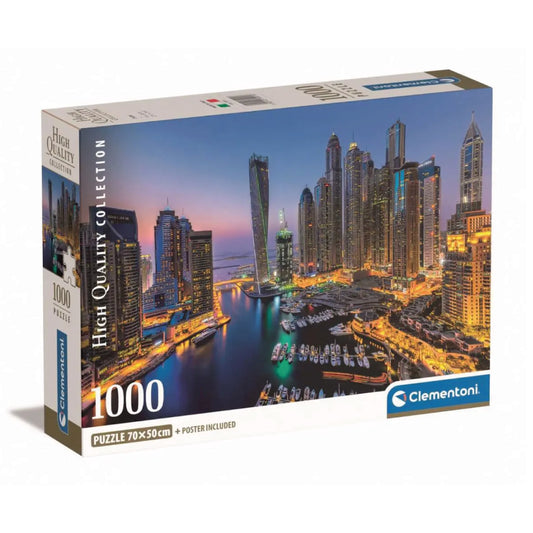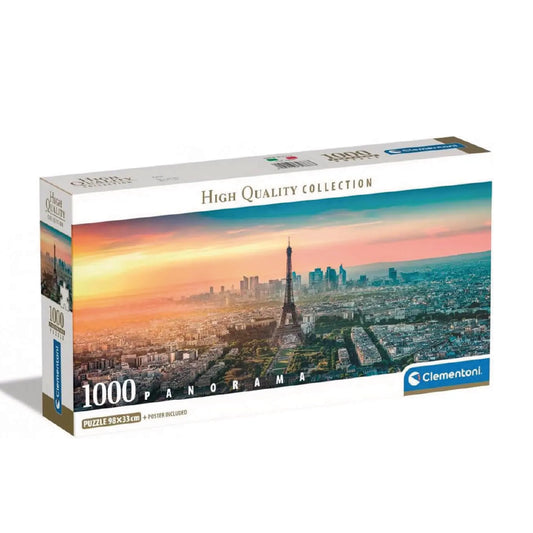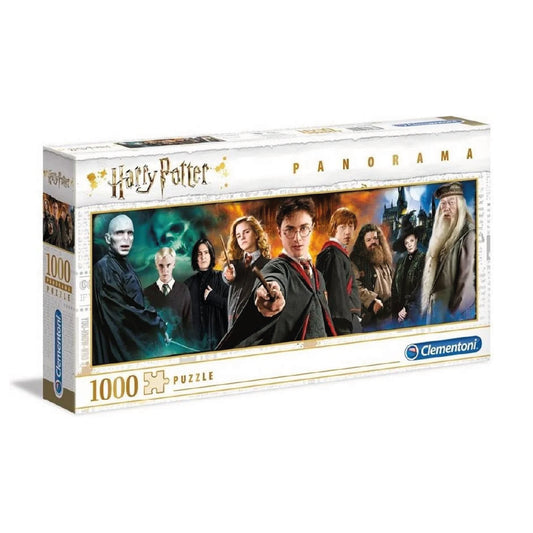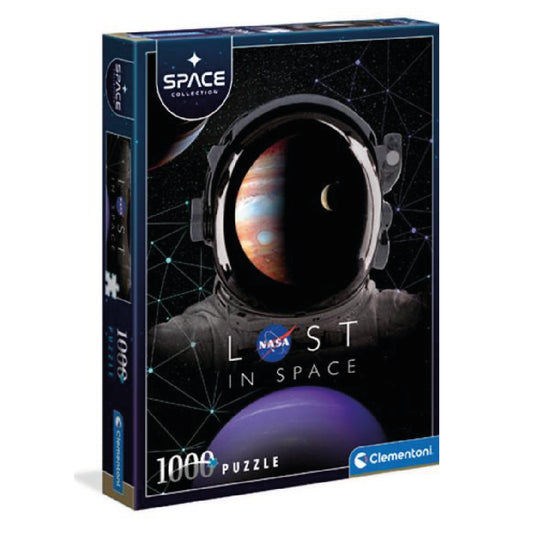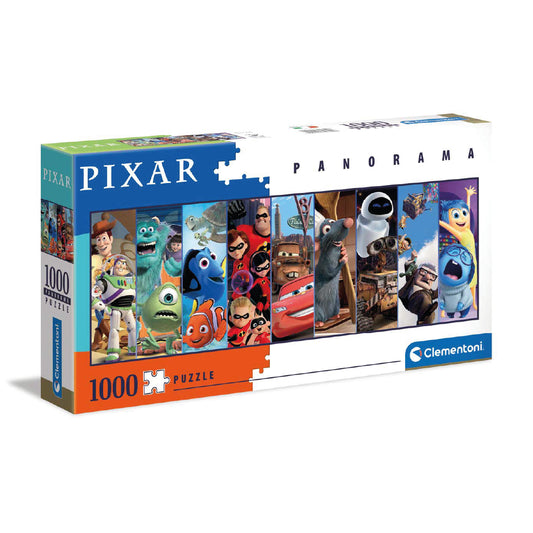
Selecting a puzzle appropriate for each age group can be a valuable tool for cognitive development, creative stimulation, and social interaction. In addition to promoting skills such as spatial analysis and problem-solving, puzzles encourage emotional self-regulation and can help establish moments of conviviality or introspection. In this article, we address various age groups—from early childhood to adulthood—with specific guidance on how to choose the type and complexity of the puzzle, increasing the potential for engagement and satisfaction throughout the assembly process.
The importance of adapting puzzles to age groups is primarily related to maximizing the educational and recreational benefits associated with this practice. For children, puzzles can be a gateway to essential skills such as visual perception, color association, and motor coordination. For adolescents, they become a tool for self-reflection and consolidation of specific interests, while for adults, they can take on more complex dimensions and, at the same time, serve as a relaxing and therapeutic activity. Therefore, a careful selection of themes, number of pieces, and materials allows each individual to get the most out of this structured form of entertainment.
Main objective
The main objective of this article is to highlight the fundamental variables that must be considered when selecting a puzzle for each age stage, taking into account:
The degree of difficulty, resulting from the number of pieces and the nature of the images.
Thematic relevance, which must correspond to the interests and cognitive capabilities of the target audience.
The possible pedagogical gains, from basic coordination skills to the acquisition of perseverance and strategy habits.
Furthermore, we aim to provide practical guidance to both parents and educators who want to integrate puzzles into learning routines, as well as enthusiasts who want to enhance their repertoire of challenges. We also emphasize the importance of puzzles as a socializing agent, as assembling them together can strengthen family bonds, promote communication, and create an environment conducive to sharing achievements and frustrations, always focused on a common goal.
Why choose the right Puzzle?
Learning and cognitive development. A properly selected puzzle can address multiple cognitive dimensions, encompassing short- and long-term memory, critical thinking, and structured problem-solving. When the difficulty is adjusted, the user is encouraged to explore, make mistakes, and gradually correct them, strengthening logical and visual reasoning mechanisms.
Interest and motivation. Thematic relevance is also crucial. Images that reflect historical monuments, animals, landscapes, or cultural elements foster not only curiosity but also persistence, as the user feels more inclined to complete the puzzle to see the complete image. This engagement makes the task less arduous and more rewarding, maintaining high levels of motivation throughout the process.
Quality time and bonding. Putting together puzzles can create moments of interaction and complicity, especially within families or in group settings. Children who work alongside siblings or parents learn to cooperate and celebrate joint achievements, and adults, in turn, can view this activity as a therapeutic break that promotes focus and mental tranquility.
Puzzles for – children aged 2 to 4
Between the ages of 2 and 4, brain and motor development accelerates, and children benefit from sensorimotor activities that stimulate learning through play. Puzzles suitable for this age group should have a small number of pieces, so the child doesn't feel overwhelmed, and consist of simple, familiar images.
It's important to emphasize that safety is paramount at this stage. Very small parts pose a choking hazard, so their size must allow for safe handling. The chosen themes—such as animals, basic vehicles, or everyday items (e.g., fruits, toys)—help children associate concepts and words with images, reinforcing their ability to name objects and expanding their vocabulary.
Characteristics of Ideal Puzzles
Large pieces that do not pose a risk of ingestion or are easily lost Robust materials, preferably wood or thick cardboard, that can withstand intense handling Basic and colorful themes (animals, colors, shapes) that encourage simple association Reduced number of pieces (between 2 and 12), avoiding frustration and allowing quick achievements
Main benefits
It improves fine motor coordination and visual perception, as the child needs to align colors and shapes when fitting each piece together. It promotes the recognition of colors, shapes and figures, expanding the ability to categorize. It provides feelings of accomplishment and motivation when completing small tasks, developing self-confidence. It encourages sharing and cooperation if there is interaction with caregivers or other family members, who can guide and celebrate achievements.
Puzzles for – children aged 5 to 7
As children reach the age of 5 to 7, they develop greater control over their manual dexterity and an increased ability to concentrate. At this stage, play remains important but can be combined with educational objectives, such as familiarization with the alphabet, numbers, or simple maps.
It's also common for children to begin to reveal more defined preferences: cartoon characters, superheroes, specific animals, or adventure games are themes that tend to capture their attention. A puzzle that explores these interests generates greater engagement, transforming the assembly process into something the child experiences with enthusiasm.
Characteristics of Ideal Puzzles
Medium-sized pieces, which require greater precision and motor practice when fitting together Themes aligned with children's imagination (stories, animated series, fantasy scenarios) or with educational content (world maps, letters, numbers) Number of pieces ranging from 24 to 50, in order to offer a balanced challenge Possibility of integrating pedagogical elements, for example, the location of countries on a map, or the association of letters with simple words
Main benefits
It strengthens logical reasoning and spatial perception, as the child learns to separate and group pieces systematically. It encourages the discovery of new concepts, such as animal names or basic geography notions. It creates organizational habits, valuing persistence in finding the right pieces, as well as collaboration when assembling in a group. Positive reinforcement, whether through parental approval or the satisfaction of seeing the finished figure, contributes to a proactive attitude towards new challenges.
Puzzles for – children aged 8 to 11
Between the ages of 8 and 11, children's autonomy and intellectual abilities make a significant leap. At this age, puzzles can be more complex, both in terms of the number of pieces and the density of the images. Children are more willing to tackle progressive challenges and tend to appreciate more detailed or realistic themes.
Furthermore, introducing puzzles that address scientific or cultural topics (e.g., in-depth maps, representations of solar systems, or historical monuments) can spark curiosity and complement what is learned in school. This way, puzzles move beyond mere entertainment and take on a more robust educational dimension, encouraging children to ask questions and seek new information outside the classroom.
Characteristics of Ideal Puzzles
Pieces of similar size to those for adults, but with an adjusted quantity to remain challenging without being unrealistic Themes that encourage the exploration of the imagination, such as science fiction series, ancient civilizations, or natural ecosystems Number of pieces between 100 and 300, which requires more assembly and planning time Option for interactive experiences or the beginning of simple 3D puzzles, introducing the additional dimension of construction
Main benefits
It encourages problem-solving with a strategic approach, forcing the child to prioritize the separation of colors and shapes. It improves attention to detail and the ability to discern visual patterns, skills relevant to multiple academic areas. It favors the development of collaboration and communication if the puzzle is assembled in a group, enabling the sharing of methods and results. It stimulates interest in specific themes (science, history, popular culture), which can be explored in greater depth later.
Puzzles for – teenagers aged 12 to 16
Adolescence is marked by the search for references and the definition of interests and identities. During this period, puzzles can play a role in emotional regulation, as continuous concentration on a task like assembling a jigsaw puzzle can reduce anxiety levels and provide space for individual reflection. At the same time, when shared with friends or family, it becomes a social activity that can balance intensive technology use.
To keep teens engaged, it's helpful to choose themes that reflect their preferences: music, television series, or elements that reference different subcultures (anime, gaming universes, famous bands). Furthermore, 3D versions, with detailed architectural structures, increase the challenge and reinforce logical ordering skills.
Characteristics of Ideal Puzzles
Themes related to popular culture, design, urban art or iconic monuments, to strengthen identification Medium-high number of pieces, between 300 and 1000, adjustable to the time available and the level of motivation 3D versions or special themes (replicas of stadiums, iconic buildings or fantasy settings) that add originality to the experience
Main benefits
It facilitates concentration and self-regulation, as it involves the systematic organization of parts and attention to detail. It promotes the development of autonomous problem-solving strategies, stimulating self-confidence. It serves as a social activity to share interests with friends, exchanging tips or competing friendly in who finishes first. It contributes to the reduction of stress and anxiety, in a phase of great personal and academic changes.
Puzzles for – beginner adults
For adults who have never or rarely completed puzzles, choosing a model with few pieces or a particularly appealing theme makes all the difference in avoiding feelings of overwhelm. Regularly completing puzzles can serve as an escape from the frenetic pace of everyday life, promoting mindfulness and mental well-being.
Additionally, many adults enjoy themes that reflect their memories or personal preferences, such as landscapes of places they've visited, maps of places they've lived, or works of art they admire. Sometimes, opting for a personalized puzzle based on family photos or memorable trips reinforces the sentimental value of the final object.
Characteristics of Ideal Puzzles
Models with 500 to 1000 pieces, offering a satisfying but not overwhelming challenge Themes that relate to personal preferences (famous paintings, natural landscapes, portraits of specific cities) Possibility of personalization through photos, allowing for an emotional and unique touch
Main benefits
It promotes stress reduction and mental balance by inducing focus and relaxation. It exercises cognitive abilities such as visual memory, pattern perception, and sequential analysis. It provides moments of sharing and complicity, if done together, stimulating conversation and cooperation. Creating a puzzle-assembly routine can work as a form of self-care, balancing professional and personal routines.
Puzzles for – enthusiastic adults
For adults with extensive experience with puzzles, the search falls on models with a high degree of difficulty, whether due to the number of pieces or the complexity of the images. Limited-run puzzles, featuring rare illustrations or special editions, are prized. Many enthusiasts collect puzzles, even framing or displaying those they consider most iconic.
This segment features advanced 3D puzzles, which can include complex interlocking mechanisms, lighting elements, or mechanical components. Additionally, some people create discussion groups and forums, exchanging tips, experiences, and any missing pieces to complete collections.
Characteristics of Ideal Puzzles
Large-scale models (more than 2,000 pieces) or rarer themed models that challenge persistence over several sessions Pieces with different shapes (“Irregular Cut” puzzles), images of famous works of art, panoramic photographs or more elaborate 3D versions Additional components, such as mechanical or lighting parts, increasing the complexity and uniqueness of the process
Main benefits
It provides a prolonged and highly stimulating intellectual demand, requiring organization and patience. It facilitates the creation of decorative pieces (puzzles that, once completed, can be glued and framed), transforming them into design objects. It favors the exchange of knowledge in online communities or in-person meetings of enthusiasts, establishing networks of coexistence and cooperation. The satisfaction of completing a highly complex puzzle reinforces resilience and self-confidence, valuable characteristics for other areas of life.
Cross-cutting puzzle tips
Check that the pieces are of high quality, fit securely, and print clearly, as low-cost versions can compromise the experience. Choose themes that maintain motivation throughout the process, preventing people from abandoning the puzzle due to monotony. Adjust the difficulty to the time available and the skills of each user, balancing challenge and possibility of completion. Use trays, boards, or rolling mats to organize the pieces, allowing for easy storage of the puzzle while it is being assembled. Share or display the final result on social media or in a common area of the house, especially if the puzzle has a striking aesthetic component. Choose reference stores, such as Loja dos Puzzles, which offer a variety of brands, specialized support services, and possible replacement parts.
Practical examples / recommendations
30-piece Farm Animals Puzzle (ages 3-5): Simple and colorful themes, perfect for early hand-eye coordination 100-piece Disney Princess Puzzle (ages 6-7): Ideal for children who are beginning to develop a clear preference for fantasy characters 300-piece World Map Puzzle (ages 8-11): Combines fun and geographic knowledge, encouraging learning about countries and oceans 500-piece Tuscan Landscape Puzzle (adult beginners): Relaxing images and a balanced number of pieces for beginners 2000-piece Work of Art Puzzle (experienced adults): High degree of complexity and possible decorative value if framed 3D Eiffel Tower Puzzle (teens/adults): A step beyond the two-dimensional puzzle, adding the volumetric construction aspect
Common mistakes
Selecting overly demanding puzzles for young children, resulting in frustration and lack of interest. Ignoring participants' preferences, leading to a boring experience or early abandonment. Investing in overly economical versions, which may have imprecise cuts, repeated pieces, or faded colors. Underestimating the physical space needed to lay out and assemble the puzzle, resulting in losing pieces or interrupting the assembly. Not evaluating the reputation of the brands or the possibility of support in case of missing pieces, which can compromise the final experience.
Frequently asked questions
What's the ideal number of pieces to start with? For very young children (2-4 years old), the maximum is 12 pieces. For adults just starting out, around 500 pieces is a good guideline, but this can vary depending on personal motivation.
How do you know if a puzzle is too difficult? It's important to pay attention to the age recommendation and observe whether the image features many repetitive patterns, such as expansive skies or uniform landscapes. These types of images tend to increase the difficulty.
What ages are 3D puzzles suitable for? Some simple 3D versions are suitable for ages 8 or 10, but more complex ones require skill and patience typical of teenagers or adults.
Missing pieces, what should I do? It's best to contact the manufacturer or the store where the puzzle was purchased directly. Reputable brands typically offer replacement parts or product exchange services.
What's the best way to store a puzzle while it's being completed? Using special rolling mats or trays makes it easier to store and prevent pieces from getting lost, allowing you to stop work and resume it later.
Ideal puzzle?
If you're looking for the perfect puzzle for your needs or as a gift, visit Loja dos Puzzles at lojadospuzzles.com . The range of options, from simple and fun ideas to challenging and unique challenges, ensures you'll find the perfect puzzle for any occasion. Plus, you can count on expert advice to answer any questions and ensure your puzzle-making experience is as positive as possible.
Address: Rua do Passal, Neiva, 4935-537 Viana do Castelo, Portugal
Telephone: 963123188
Email: info@lojadospuzzles.com
Conclusion
Choosing a puzzle appropriate for the age group and personal preferences is crucial for a constructive, engaging, and enjoyable puzzle experience. Children benefit from playful challenges that contribute to their sensorimotor and cognitive development, while teenagers can find puzzles a way to express their interests and structure problem-solving strategies. For adults, assembling puzzles can be both a moment of relaxation and self-care and a genuine intellectual challenge, especially for enthusiasts seeking highly complex puzzles.
Along this journey, a few cross-cutting considerations—such as checking the quality of the material, establishing a suitable space, and investing in captivating themes—make all the difference between a fleeting hobby and a recurring practice. May each user find, in this universe of infinite piece combinations, inspiration to develop skills, cultivate patience, and create shared memories, transforming puzzle assembly into a pastime that transcends generations.

